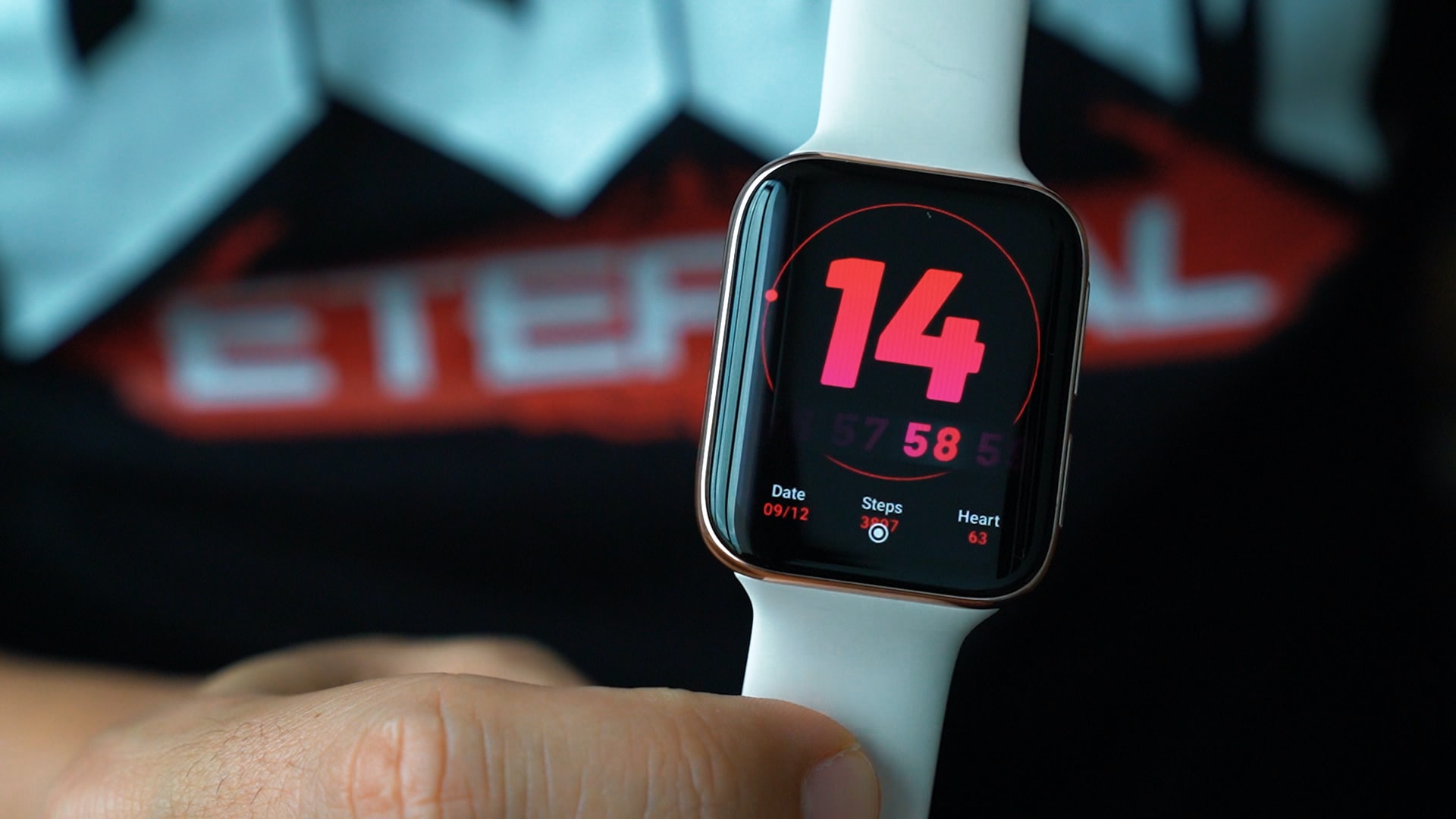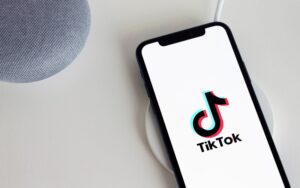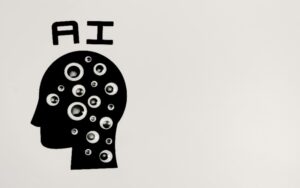When most people think of wearable technology, they probably picture a FitBit or an Apple Watch. Fitness trackers are popular, cheap, and found nearly everywhere.
While these are fantastic applications of this sort of technology, there are many more often overlooked uses for wearable devices that can help keep people safe, improve their quality of life, and so much more. Let’s look at 10 of the most amazing uses for wearable technology.
1. Correcting Bad Posture
The average office worker sits for up to 15 hours a day. Whether they’re working on a computer, sitting at an assembly line, or performing any of a million other possible duties, they often end up hunched over tasks or keyboards. Sitting like this for long periods of time contributes to bad posture that can cause back pain and other issues.
Wearable posture trainers adhere to the center of the user’s back and convey information to a companion app about their current posture and correct it for a healthier lifestyle.
2. Fatigue Detection
Everyone experiences fatigue in their life, but there are instances – such as behind the wheel or while operating heavy equipment – where that fatigue can be dangerous or even deadly. New wearables can detect fatigue in the wearer by monitoring various biomedical signals. This sort of technology can help prevent on-the-job accidents or incidents while driving.
It seems like a small thing to be concerned about, but the Centers for Disease Control and Prevention (CDC) has compared driving after not sleeping for 24 hours to having a blood alcohol level of 0.10%, which would be above the legal driving limit if the driver was drinking instead of sleep-deprived.
3. Saving Lives
The Apple Watch is usually advertised as a fitness wearable, but it has other features to save lives. Starting with the Series 4, Apple added a heart rate monitor that acts as a single-lead ECG (electrocardiogram). The device has helped many people discover irregularities in their heartbeats, leading to an official diagnosis when presented to a medical professional.
The device’s SOS feature can also help save lives when an individual is alone and unable to reach their phone. Automatic fall detection can also send a call for help if the wearer falls and becomes unresponsive.
4. Manufacturing Safety
Robotics in manufacturing has advanced a lot in the last couple of decades, even to the point that they can work alongside humans safely. However, there are always situations where it is unsafe for a human to be too close to the action, and that is where wearable proximity sensors come into play.
These simple wearable devices can clip to a vest or belt and alert the machinery if someone is straying too close, triggering an automatic shutdown. Safety sensors have been shown to reduce workplace injuries by an average of 52%.
5. Medical Data Collection
One of the biggest challenges patients often face is that by the time they make it to the doctor’s office, the symptoms of their ailment have faded. At that point, it becomes harder for professionals to make a definitive diagnosis.
Instead of guesswork or scheduling an appointment that coincides with a flare-up, wearable technology can remotely collect patient vitals. Paired with a secure HIPAA-compliant app, these devices can fill in the blanks and make it easier to gather doctors’ information to diagnose and offer treatment options.
6. Patient Comfort
There’s nothing more complicated than having to spend time in a hospital, especially if there’s no discharge in sight. Wearable technology – specifically virtual reality (VR) headsets – can help improve patient comfort and quality of life while they’re spending time in the hospitals.
With a VR headset, patients can visit any location in the world and even try their hand at various experiences they haven’t been able to yet, like cliff diving or skydiving, all from the comfort and safety of their hospital bed.
7. Aerospace Assembly
Before introducing wearable augmented reality (AR) headsets, putting together a spacecraft required an enormous assembly manual with step-by-step instructions. Augmented reality means aerospace engineers can leave the manual behind in favor of an AR program.
As a bonus, this app can walk the assemblers through the process by telling them where the next piece needs to go by overlaying a virtual representation of the part over the real-world project.
8. Travel and Navigation
Some people may find the idea of getting lost in a new city or foreign country attractive. Most people prefer to know where they’re going. Wearable technology like AR headsets can act as a virtual tour guide, helping people safely navigate the world while offering trivia and information about the places the traveler sees.
It’s an expensive way to navigate the world considering the current price of AR headsets, but it could become more affordable and accessible in the future.
9. Contactless Payments
The COVID-19 pandemic brought the importance of contactless payments into the public eye. Experts estimate the wearable payment devices market will be worth $171 billion by 2032, a massive jump from the $13.43 billion estimated value in 2022.
This growth enables wearers to make easy contactless payments with their Apple Watch, Fitbit, Garmin, and more. This is an extension of the contactless payment technology that comes as standard equipment on most modern smartphones.
10. Stress Management
It feels like stress is becoming a bigger problem every year, especially after the last two years of living through a global pandemic and what feels like a lifetime’s worth of historical events.
Wearable stress trackers are becoming a popular solution to help people stay calm and manage their everyday stressors.
These devices can detect things that fitness trackers aren’t programmed to spot, like heart rate variability, to indicate when the wearer is experiencing excessive stress. The companion app can then offer techniques to help alleviate that stress and its effects.
Creating a Brighter Future
Wearable technology may have hit the mainstream market as fitness trackers, but there are so many more possible applications for these devices that we’re just beginning to explore. From improving a hospital patient’s quality of life to helping aerospace engineers assemble spacecraft that will take the human race to other worlds, the potential applications for wearables are limitless.
Emily Newton is a tech journalist. As Editor-in-Chief of Revolutionized, she regularly covers science and technology stories. Subscribe to Innovation & Tech Today to read more from Emily.










